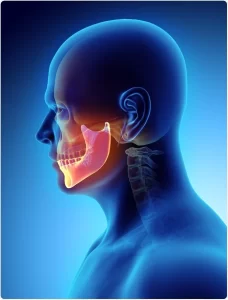Surgery is one of the most important branches in the dental field.
The most common surgery in a dental office is undoubtedly the removal of the teeth (extraction).
Surgery is one of the most important branches in the dental field.
The most common surgery in a dental office is undoubtedly the removal of the teeth (extraction).

Is a dental procedure in which the roots of a tooth are extracted through a surgical approach. This procedure is typically performed when a tooth is severely damaged, decayed, or infected, and a conventional extraction is not possible. The surgical removal of the roots is conducted under local anesthesia, and the patient may require additional sedation to ensure maximum comfort during the procedure. This procedure is performed by our trained dental professional.
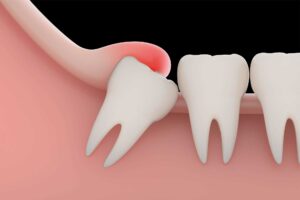


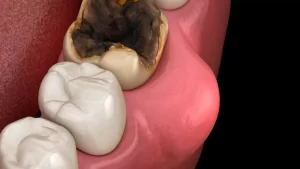
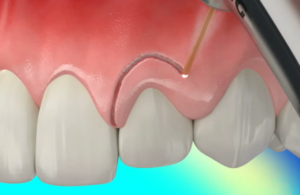
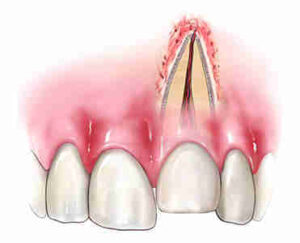
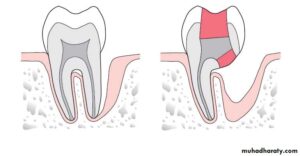

Are dental procedures that are performed to prepare a patient’s mouth for the placement of dental prosthetics, such as dentures, bridges, or implants. These interventions may include extractions, bone grafts, gum grafts, and other procedures designed to improve the function and appearance of the mouth before prosthetic devices are placed.
Extractions may be necessary to remove damaged or diseased teeth that cannot be saved, or to make room for prosthetic devices. Bone grafts may be performed to add bone tissue to areas of the jaw that have lost density, to support the placement of dental implants. Gum grafts may be performed to add gum tissue to areas where it has receded, improving the appearance of the gums and the stability of dental prosthetics.
Is a surgical procedure that involves the removal of abnormal growths or masses that have developed in the mouth or jaw. Tumors can be benign (non-cancerous) or malignant (cancerous), and their treatment and removal will depend on their type and location.
The procedure involves a thorough evaluation by a dental professional, which may include dental radiographs, biopsy, and other diagnostic tests to determine the type and extent of the tumor. The removal of tumors typically involves a surgical procedure that may require local or general anesthesia, depending on the size and location of the tumor.
The surgical removal of a tumor may involve the removal of a portion of the jawbone or other structures in the mouth to ensure complete removal of the abnormal tissue. In some cases, the removal of a tumor may require reconstructive surgery to restore the function and appearance of the mouth.
It is important to identify and remove tumors as early as possible to prevent further growth and potential spread to other areas of the body.
